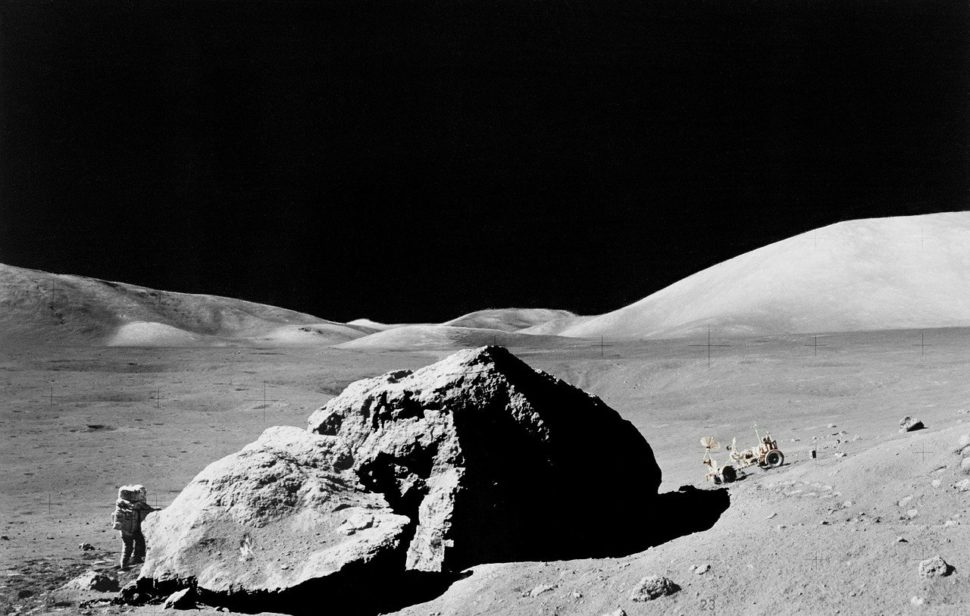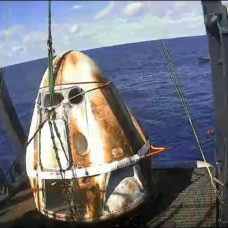Several challenges come with space exploration, including finding an unobstructed ground to land a robotic spacecraft safely
At the moment, NASA uses automated landing for its robotic exploration craft. For example, the Perseverance rover that’s currently headed for Mars has a similar system.
While the existing systems can make use of some adjustments, they’re still relatively limited in this area.
Now, NASA is working to address this issue.
The space agency has built a new system that could make the Moon landing less risky. And they’re calling the project Safe and Precise Landing Integrated Capabilities Evolution (SPLICE).
The SPLICE project aims to improve landing by combining several technologies to forgo the need for a human pilot. These include a suite of laser sensors, a camera, a high-speed computer, and an advanced algorithm.
In a NASA statement, project manager Ron Sostaric said:
“What we’re building is a complete descent and landing system that will work for future Artemis missions to the Moon and can be adapted for Mars. Our job is to put the individual components together and make sure that it works as a functioning system.”
So, how exactly does SPLICE work?
Using a new Precision Landing System on Robotic Spacecrafts
SPLICE works by first figuring out its current location. For this part, the system compares scans of the surface below with a database of known landmarks.
After that, a three-beamed laser attempts to find the safest landing site from three to four miles above the surface. It looks out for potential hazards and adjusts landing parameters to ensure a safe touchdown.
The agency intends to test the new precision landing system in an upcoming mission on a Blue Origin New Shepard rocket.
But, it won’t be looking for a safe place to land on the Moon. Instead, the test involves SPLICE searching for suitable terrains to land the New Shepard rocket on Earth.
Be that as it may, NASA hopes the system will help the first woman land safely on the Moon as early as 2024.
In a statement to the press, the technical integration manager for precision landing, John Carson, pointed out:
“Every future surface mission could use this precision landing capability, so NASA’s meeting that need now.”
However, further research is necessary for SPLICE to replace the current landing systems.



















Comments (0)
Most Recent